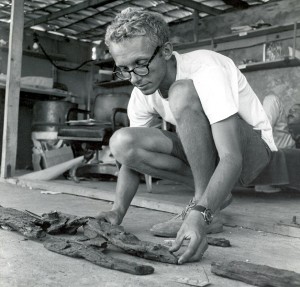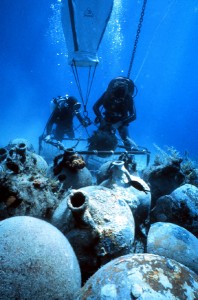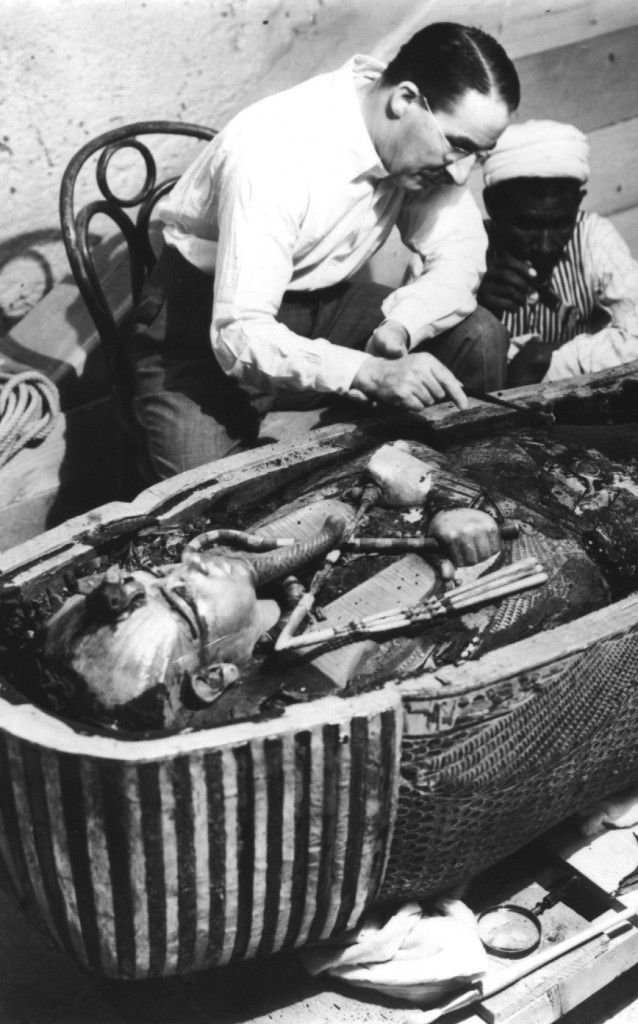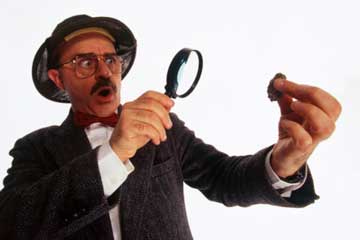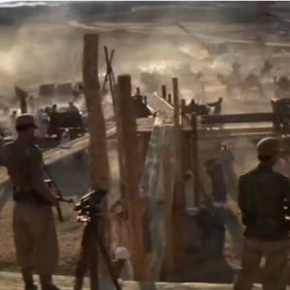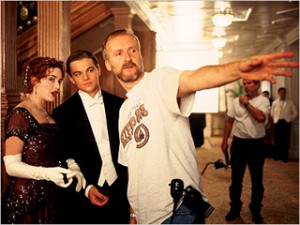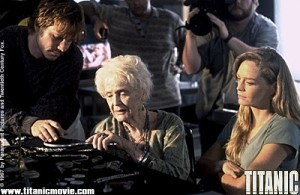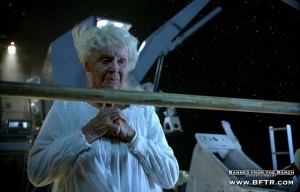Since the one hundredth anniversary of the sinking of the Titanic has drawn quite a bit of attention to underwater archaeology, I decided to post about a different underwater archaeology project: the ancient Byzantine shipwreck at Yassi Ada, located right off the coast of Bodrum, Turkey.
(Recreation of the ship at Yassi Ada: Picture reference)
I came across a “This American Life” episode titled, “Contents Unknown.” The theme of this episode was “stories of filling in the blank,” so a story about an archaeological excavation fit in naturally. The segment within the episode titled, “He Shapes Ship Shapes by the Sea Shore” tells the story of the archaeological excavation of the Byzantine shipwreck at Yassi Ada through the eyes of Fred van Doorninck, the assistant director of the project, and George Bass, the director of the project. The reason Doorninck and Bass’s story fits so well into this episode about “filling in the blank” is due not only to the fact that they uncovered important insight into the Byzantine Empire but also because they had to be incredibly innovative and creative when it came to their methodology of excavation. The field was incredibly new and in fact this project is often viewed as one of, if not the first, complete underwater archaeological excavations. Since there really wasn’t any information about how to properly conduct underwater archaeology without destroying the site of study, Doorninck and Bass ended up inventing some techniques that have been the foundation of underwater archaeology techniques that are frequently used today.
(Fred van Doorninck at Yassi Ada. Picture reference)
One of the first problems they faced was the fact the scuba diving was very new, and they could only search the shipwreck for approximately twenty minutes. Another problem lay in the material that encased the ship: saltwater. The problem was to search the ship and extract information and samples without destroying, which they claimed could easily happen simply when brushing sand away from the ship. They finally came up with the brilliant idea of sharpening bicycle spokes and sticking fragments of the ship onto them with the ultimate goal of recreating the ship. More information about the structure of the ship was based on the indentation the ship made in the sand. Doorninck finally collaborated with scholars of naval architecture to produce a sound model of what the ship looked like.
One of the biggest breakthroughs in their research was the discovery of an inscription on an amphora. After many years of research, they discovered that the inscription indicated the captain of the ship was a priest. Many priests were in fact captains of ships because many Christian churches apparently owned ships during this time period. The ship also had many similarly shaped and sized amphoras in it implying that people during this time period had access to factories and mass production, which meant accessibility to much more technologically advanced resources than had previously been thought. Ultimately the researchers hypothesized that this ship was lent to the Byzantine army by the church indicating that the relationship between the Christian church and army was much more intertwined than had originally been thought.
I personally loved this story. The facts of the project really are inspiring and truly show how important archaeology can be in uncovering histories and stories of the past while also demonstrating the innovative techniques and problem solving skills that accompany this field of study. What I enjoyed most though, was listening to Doorninck and Bass talk about the project. In the past, I have often stereotyped archaeologists as super serious scholars who don’t really have any emotions or joke around because they are so invested in their work. During the episode, Doorninck actually jokes that putting the ship together was almost “… impossible…If there had been one less fragment…I wouldn’t have been able to put the pieces together.” I definitely recommend listening to this episode. The interaction between the two scholars is refreshing as they truly convey the great amount of respect they have for each other and passion they both have for the project.
The following video is the first part of a video about the beginnings of underwater archaeology. It’s pretty awesome to see some of the actual artifacts found (skip to 2:30) as well as the old school scuba gear (skip to 3:00).


